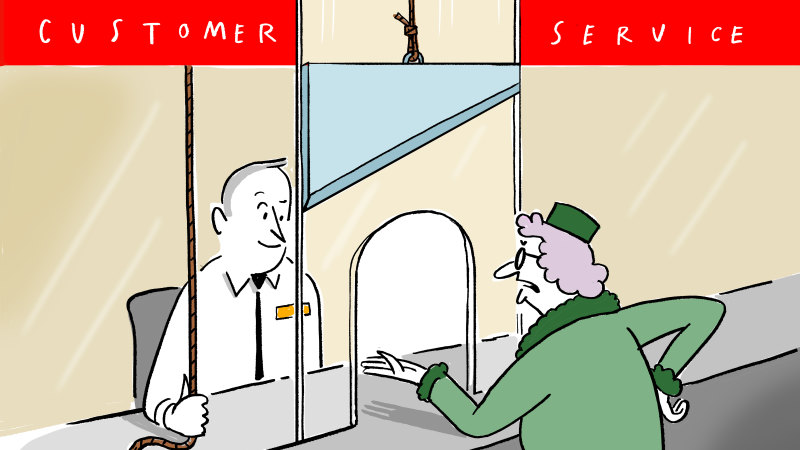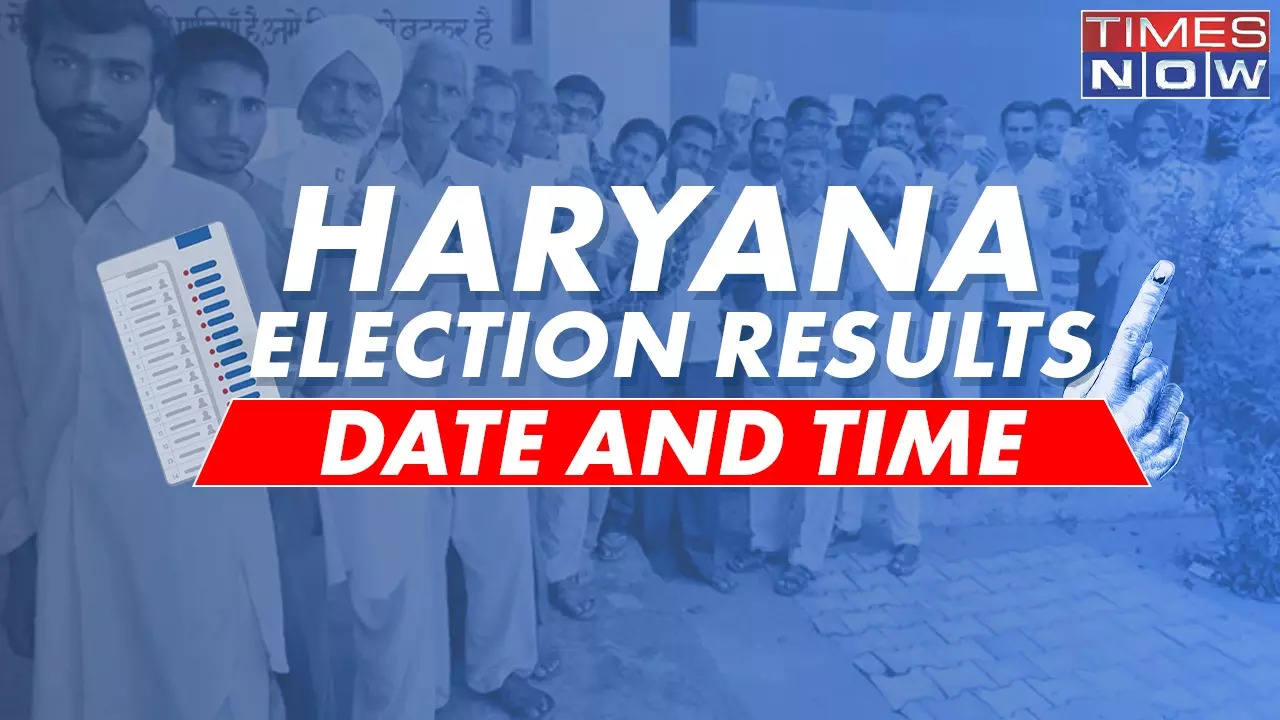
When the Albanese government released draft legislation to deal with scams last week, it no doubt hoped victims would rejoice. “Massive fines for banks, telcos and tech giants”; “Compensation for victims”: these were the headlines the policy is intended to generate (and partially did). Then, this week, independent Senator David Pocock stood before a press conference at Parliament House flanked by two such victims, who were telling a very different story: one of legislation the banks like more than they do.
That’s because the federal government has refused to follow the British model – which comes into force in a few weeks – in which banks are required to reimburse scam victims in most cases. As it stands in Australia, the situation is almost exactly reversed: banks just about never reimburse scam victims. Illustration: Simon Letch Credit: Simon Letch A 2022 ASIC report found our big four banks only refund about 4 per cent of losses.

They needn’t do more because, for the most part, scam victims are handing over their money willingly, albeit under false pretences. When a customer asks a bank to transfer money, the bank’s job is to carry out those instructions, not ask questions. Ergo, say the banks, it neither makes sense nor is it justice for them to wear the loss for scams when they are not at fault.
But hereabouts things get a little fuzzy. Take the case of David Sweeney, whose father lost $1 million in an investment scam. His father authorised those payments, so by the banks’ reasoning the fault was his.
For five years, the relevant banks refused to accept any responsibility. Then Sweeney lodged a freedom of information request and discovered a letter from ASIC to the banks warning them of this specific scam, and requiring them to “prevent further transfers being made by Australian investors”. But the banks simply ignored that letter and explicitly denied ever receiving it until it was shown to them.
Only then did they reimburse. Evidently, then, banks shouldn’t be the ones deciding whether they’re at fault. Loading Another ASIC report, from last year, found that our big banks tended to take a “narrow” interpretation of what is their fault.
That’s possibly why their overall approach to scams was, in ASIC’s phrase, “highly variable” and “less mature than expected”. Only one bank had a documented bank-wide strategy. To be fair, that is beginning to change with banks agreeing to invest in anti-scamming measures under the Scam-Safe Accord.
But the fruits of all that won’t be known until next year. The British model sees these things as connected: as long as banks decide whether they’re at fault, and as long as they don’t bear the losses for scams, they have no real incentive to do terribly much about them. Make them pay, though, and you’ll see them get pretty good pretty quickly at preventing scam payments.
.














